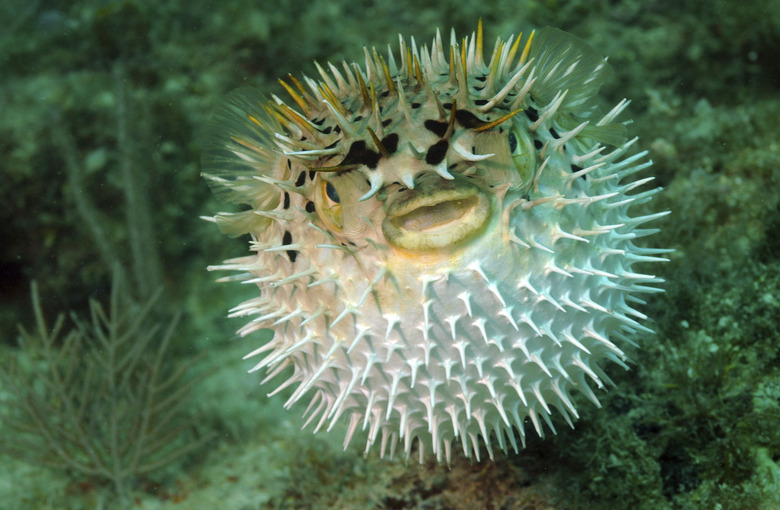Blowfish Vs Puffer Fish: What Is The Difference Between Blowfish & Puffer Fish?
When looking into fish and creatures to add to your home aquarium or just learning about aquatic creatures, you may come across blowfish and puffer fish and wonder what's the difference. Well, blowfish and pufferfish are actually one and the same! That being said, once they are in your aquarium, you can name them whatever you want.
The Tetraodontidae Family
The Tetraodontidae Family
Blowfish and puffer are both common names for the Tetraodontidae family of fish, which includes 196 or so species. Most puffer fish inhabit saltwater environments, but some species inhabit brackish and freshwater. The Tetraodontidae family is grouped by fish species that have the ability to inflate their bodies by quickly ingesting water. Biologists believe that this ability was developed because puffer fish are clumsy and slow swimmers, making them vulnerable to predators. Puffer fish cannot quickly escape predators, but by inflating themselves, they become much larger than some predators can eat, and their blowing-up action may scare some away.
Tetradotoxin
Tetradotoxin
Only some species of puffer fish are covered in spines on their skin, but almost all puffer fish contain tetradotoxin, a substance that makes the fish foul-tasting to predators and extremely poisonous to humans. Tetradotoxin is up to 1,200 times more poisonous than cyanide — and each fish contains enough toxin to kill about 30 adults. Basically, these fish look and act they way they do so they wont get eaten.
Markings and Coloring
Markings and Coloring
Some blowfish are brightly colored with vibrant markings meant to alert possible predators to their toxicity. While often is the case in nature, the brighter the coloring, the stronger the poison, with blowfish, some are more muted but just as poisonous. In the case of a calmer color palette, the blowfish's coloring helps it blend into its environment.
Fugu: How Puffer Can Kill
Fugu: How Puffer Can Kill
Despite the potential risk of death, puffer fish are considered a delicacy, and an expensive one. In Japan, fugu is prepared and served only by trained and licensed chefs, because one bad cut that releases the toxin into the meat can be fatal.
